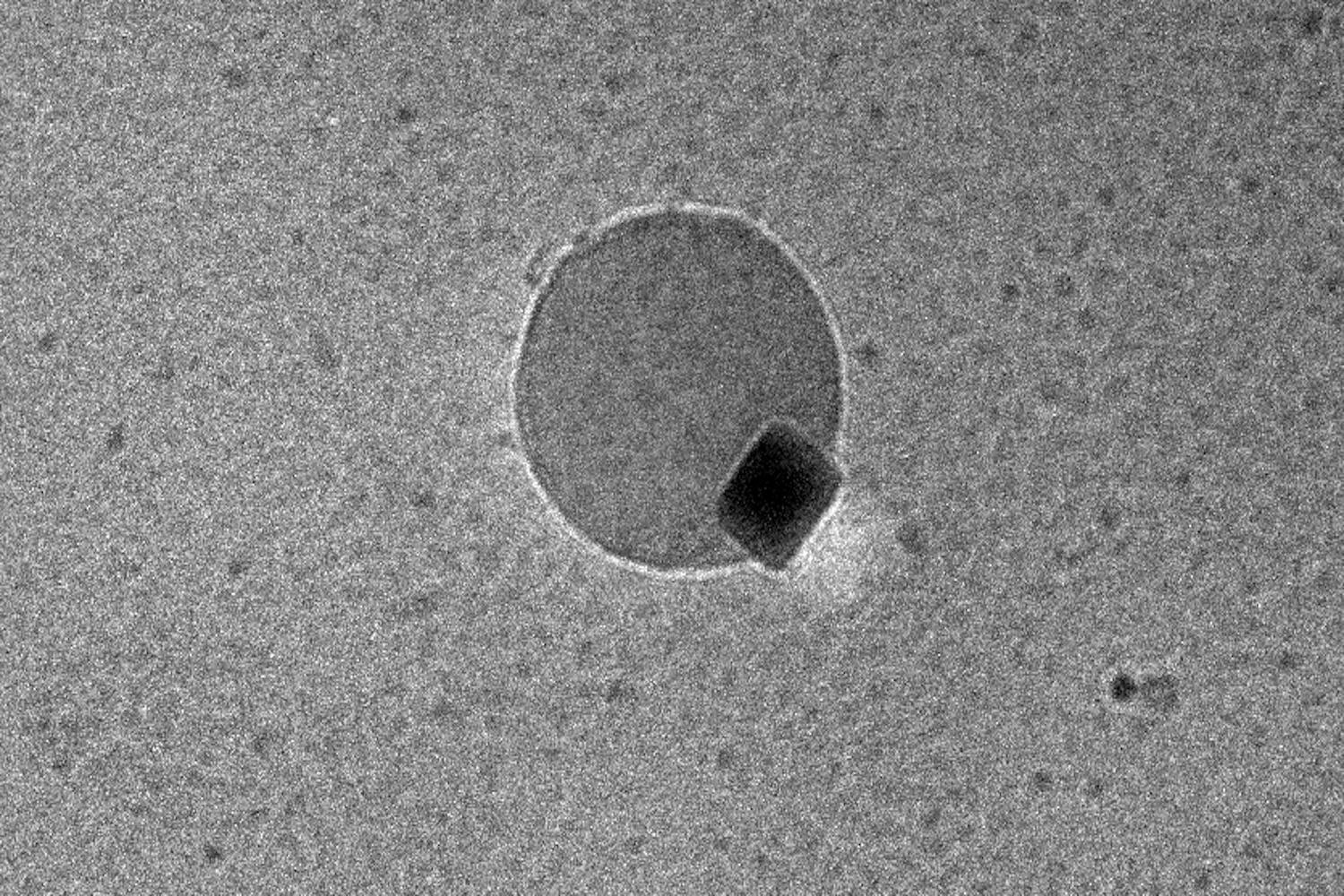It’s should be hard not to realize you’ve discovered an element when that element is defined by its stench — but two famous scientists did just that. Learn how bromine masqueraded as something else to throw people off the (ha! ha ha!) scent.
Bromine is one of only two elements that is liquid at room temperature. (The other one is mercury.) It’s toxic, deep red, and stinks to high heaven. It’s also not that rare. Bromine is easily dissolved in liquid, so distill enough sea water or go to work on things that have been soaked in sea water, and you will find it. And yet three different chemists managed to isolate it before even one realized he had a new element on his hands.
The reason for bromine’s successful evasion of discovery is the company it keeps. Look through salty water and you’ll usually also find chlorine and iodine. Iodine, as people who work in hospitals know, is dark red in liquid disinfectant. (In its gas phase, it’s bright violet.) Chlorine has a noxious smell. WhenJustus Von Liebig, a well-known chemist of the early 1800s, extracted bromine as a salt from a sample of water from a certain spring, he assumed that he had just gotten a combination of iodine and chlorine.
Carl Jacob Löwig was a chemistry student in the town from which Von Liebig’s spring water sample came. He got a sample himself. He can be excused for believing the sample he got contained chlorine, because as part of the process of examination, he added chlorine to the water. He then added ether, and saw a strange substance precipitating out of it. When he evaporated the ether, he got a reddish liquid, which he also assumed was chlorine and iodine. His instructor informed him that this liquid may not be the combination he had assumed it to be, but Löwig was in the middle of his schooling and didn’t have time to go back to studying the liquid until it was too late.
And then, it was too late — becauseAntoine-Jérôme Balardhad been attacking the problem from a different angle. He didn’t have to precipitate salt, because the sample he got was already in salt form, scraped up from a salt marsh in France. Like Löwig, Balard added chlorine, then distilled it out again, getting a red liquid that he was sure contained no residual chlorine. He published his results, making the two other chemists miserable as they looked at their past work and realized they had a new element in front of them and didn’t see it. The stinky liquid was called bromine, after the Greek word brómos for “stench.” Today, we credit all three of the scientists for its discovery.
Top Image: W. Oelen













